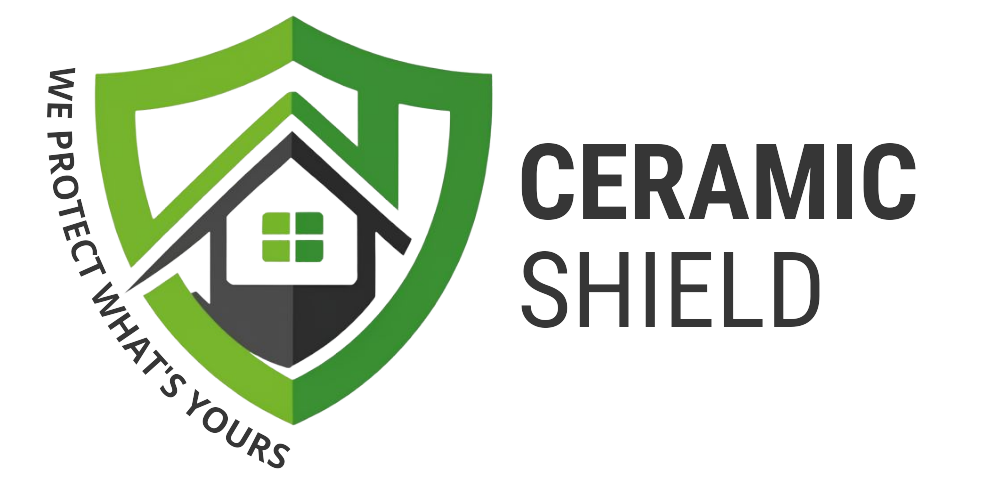Allergy-free environment for health
Allergy-free environment for health
Do you suffer from constant sneezing and a runny nose? Can't find a reason for your constant sore throat? The background could easily be an allergy, which these days affects many more people than actually consult a doctor with symptoms. Since we spend more than half of our lives within the four walls, it is important that there is a microclimate in the apartment or office that is not harmful to health.
Let's see now which factors can lead to allergic diseases!
Humid environment
If the humidity of the air is too high, it not only has a bad effect on our well-being and general performance, but allergies can also develop, and the chance of rheumatic problems increases. Excessive humidity is not favorable indoors, not only because dust mites breed extremely easily in a humid environment. A large percentage of allergy sufferers suffer from symptoms due to house dust, and children are particularly at risk.
Molds
Mold is known to be harmful to health and can be blamed for many diseases. Inadequate thermal insulation of properties, deficiencies related to ventilation and heating can all lead to the appearance of characteristic gray-black spots on walls, textiles, and coverings in homes. Mold spores circulating in the air can cause runny nose, cough, conjunctivitis, respiratory problems, intestinal complaints, dermatitis, headaches, migraines, dizziness and rashes.
Chemicals, solvents
The adhesives, varnishes, paints, and adhesives used in interior spaces during construction, tiling, and painting contain solvents that are difficult to break down, and their components can remain in the air even half a year after the renovation or construction. As a result, allergies can occur, mainly accompanied by shortness of breath and rashes.
Reduce the amount of harmful substances in the air of your home!
Protector paint is perfect for this! The paint, which is already very popular in our country, contains ceramic spheres that help distribute the heat evenly on the wall surface. Thanks to this, the risk of condensation will be lower, meaning that there is no chance for mold to appear with adequate ventilation and heating. The paint has water-repellent properties, so it prevents moisture from penetrating the wall structure on external facades.
What is Protektor paint not suitable for when it comes to allergies?
- It does not eliminate allergies.
- Your complaints will not immediately decrease.
- It cannot reduce the amount of house dust and its allergy-causing effect.
- It does not affect health directly, but it certainly does indirectly!
Protektor wall paint does not contain volatile organic substances, it prevents mold growth without the manufacturer using chemicals.
Indoor thermal insulation - simply
More and more people choose ceramic-containing thin plaster for subsequent indoor thermal insulation, since - as already mentioned - we can easily carry out the work ourselves when renovating or redecorating. In addition, in contrast to other internal thermal insulation methods, when using ceramic-containing thin plaster, there is no reduction in interior space.
Another great advantage is that thin plaster can be used not only on the interior side walls, but also on the ceiling of the apartment.
Ceramic-containing thin plaster used for indoor thermal insulation greatly reduces heat loss and eliminates the feeling of cold radiation from the walls. Instead, we can feel pleasant warmth from all directions, and thus our sense of comfort improves significantly.
During the thermal insulation of the internal walls with thin plaster, the temperature difference between the wall and the air in the interior is reduced, and therefore our thermal sensation is more harmonious.
In the case of subsequent indoor thermal insulation in buildings with a thermal bridge structure, a significant reduction in the cold radiation of the walls can be observed when using thin plaster.
During the renovation of the houses, the ceramic-containing thin plaster compensates for the previously created cracks, holes, plasterboard or other incorrect fitting errors.
Find out how much it costs in a few clicks! We will send you the detailed price offer within a few minutes!
Indoor thermal insulation coating price calculator
Elimination of mold with an indoor thermal insulation coating
During the renovation of our apartment, we can easily insulate the interior walls ourselves with this new and all-around effective thin plaster. The process of the work is completely identical to the work processes of traditional wall painting.
Based on this, the interior walls must be prepared according to the instructions for use before applying the plaster. This process assumes the existence of the following four essential elements:
- The surface of the wall must be perfectly dry, because the area to be treated must not be wet at all.
- The surface of the wall must be completely dusted and degreased.
- A load-bearing wall surface must be formed (by scraping off resilient, loose surfaces) for perfect adhesion.
- Wall surfaces infected with mold must be scraped, rubbed, and cleaned, and then the interior wall surfaces cleaned in this way must be treated with a mold-killing agent.
Special attention should be paid to the last element, because the application of the heat-insulating ceramic-containing thin plaster should not be started until the mold and mold spores have been completely eradicated from the moldy wall surfaces and the masonry with a fungicide.
In order to achieve the right result - if necessary several times - treat the moldy surface with the fungicide. To achieve the correct result, treat the infected surface before and after smoothing.
By using the indoor thermal insulation coating, we can make our home mold-free.
With this, we provide our family with a healthy, clean, energy-saving, budget-friendly, pleasant living climate and a pleasant feeling of comfort all year round.











